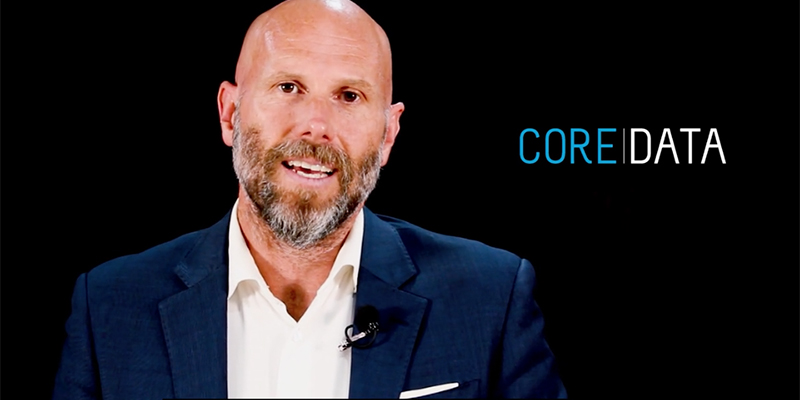Growth has never been more important for super funds. In an age of increased regulatory scrutiny, scale and net funds inflows have clear operational benefits that flow through to members.
The data tell us some valuable things about the importance of a healthy brand.
The data for this chart is sourced from APRA’s annual fund-level statistics. We have 15 years of data underpinning this chart. On the vertical axis, the Y axis, we have size of funds. Where higher is bigger. And on the horizontal axis, the X axis, we have growth rates, where zero is in the middle, and to the left funds are shrinking. To the right the funds are growing. The further to the right the faster the growth
And each individual dot is a super fund. The orange dots are retail funds, the blue dots are profit-for-member funds – industry funds, public sector funds.
Fifteen years ago, the super industry was highly diversified, with lots of small funds.The largest funds were retail funds distributed through financial advisers. Early on, growth was experienced by both retail and industry funds, as shown by the mix of colours in the chart
But around the GFC something happened. The industry funds started to experience higher growth relative to the retail funds. And since then they haven’t looked back. The money has become more concentrated, with one-third of assets in the hands of just 10 funds
And today the biggest and fastest-growing funds are the profit-for-member funds
What is driving growth?
For super funds, growth may come from four places. It may come from employer default arrangements; it may come from financial advisers recommending the fund; it may come from members actively choosing the fund, or it may come from mergers and acquisitions.
The source of the data in this chart is CoreData’s industry-leading super brand research, which includes the 26 largest super funds by membership. Again, in this chart each individual dot is a super fund. The orange dots, retail funds, and the blue dots industry funds.
On the vertical axis is the consideration score – that’s a measure of a member’s intention to choose the fund or stay in the fund. The higher the score, the higher the intention to choose the fund.
On the horizontal axis is the brand perception score. That’s a measure of a fund’s brand health as measured by important metrics such as authenticity, trustworthiness and value for money.
We have three years of data, starting with 2017. What’s clear from the 2017 data is that brand perception is positively correlated with member consideration. There’s a positive relationship: the stronger the brand perception, the higher the member propensity to buy.
In 2018 we see the impact of the Royal Commission. Brand perceptions fell overall, and we can see there by the sea of orange funds that retail funds fared far worse. The most recent data is more encouraging. Brand perceptions have recovered and so has the member’s propensity to buy. And the data shows why the industry funds are winning, with the sea of blue on the right-hand side.
Industry and public sector funds have traditionally been distributed through employer default arrangements, but that’s changing. They’re increasingly sourcing members through digital acquisition strategies and members are actively choosing them.
For more information aboutCoreData’s super Brand research contact Jason Andriessen on [email protected]

